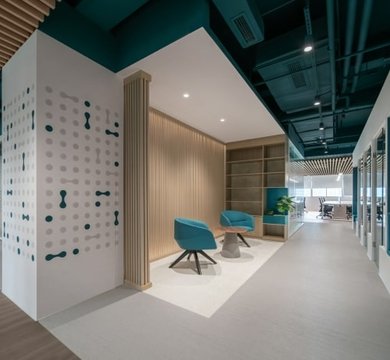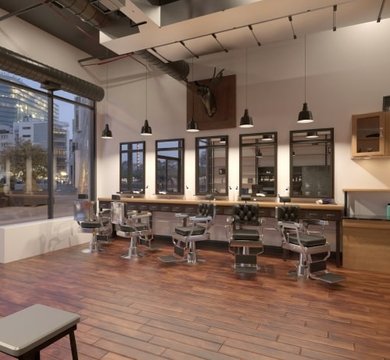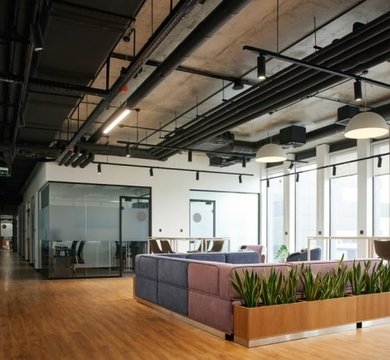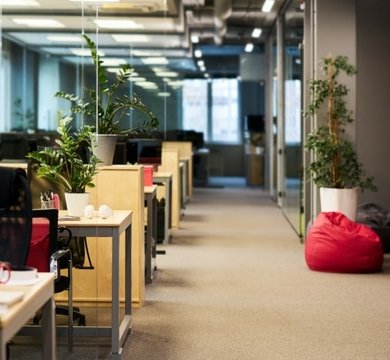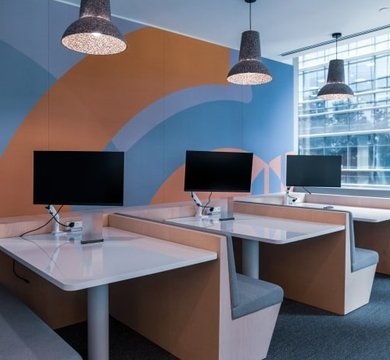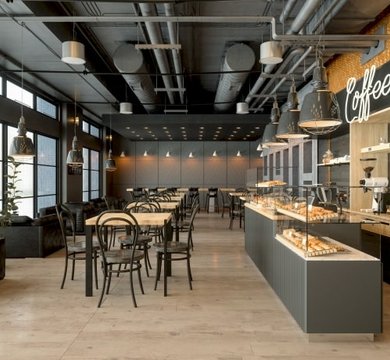The photograph of MP Jacob Rees-Mogg reclining with his eyes closed in the Houses of Parliament earlier this year became an internet sensation. While Rees-Mogg’s louche behaviour drew disdainful remarks, it also restarted the conversation about giving workers the opportunity to nap on company time.
Shortly after ‘lounge-gate’ hit the headlines, the BBC ran an online news article discussing the merits of allowing people to sleep at work. The argument for the practice lies in increasing productivity and improving the health of employees but the idea would require a really clever interior office design to work.
The side effects of not sleeping well
Thousands of people are not getting enough hours or their quality of sleep during the traditional nocturnal period is poor, affecting the output and caliber of their work. Not getting enough sleep is also linked to obesity, diabetes, heart disease and strokes, along with mental health issues and an increase in accidents.
It’s not a case of ‘snooze you lose’
Unlike in Spain, where the siesta is part and parcel of daily life, there is still a stigma attached to daytime sleeping in the UK. We are, however, slowly beginning to follow the likes of Japan, where companies provide sound-proofed pods for people working long hours to rest. Closer to home, ice-cream manufacturer Ben & Jerry’s is one of a number of employers installing ‘snooze rooms’ in the workplace – a small space with a couch and blankets. Could office refurbishments London soon incorporate somewhere to snooze during the 9-5?
Rest and be refreshed
A place for people to rest can be beneficial for those who work extended days and long shifts, as well as for those who spend their entire workday in front of a computer screen. Rest is a more practical approach as opposed to a full-on sleep, as a calm place to escape for half an hour is usually enough to recharge the batteries. If people nod off, all the better, but having time out can be just as beneficial as a 20 minutes doze, leaving an employee refreshed and refocused.
If you think your staff could benefit from a short sleep during the working day, their workplace design ideas can help:-
- The lounge interior design should feature dimmable lights, so each individual can alter the level of brightness.
- Heating should also be adjustable, with a wall-mounted control.
- If you’re not keen on adding a bed, think about a sofa or a reclining armchair, and provide cushions and a blanket.
- Make sure any windows can be blocked out with curtains or blinds.
- Provide a notice that reminds users to set an alarm for 20 minutes – sleep experts believe a nap of any longer is when grogginess kicks in.
- Supply a log in the sheet so you know who has been using the room – the same names cropping up, again and again, may point to underlying issues.
- Install a ‘vacant/in use’ sign so the visitor is not disturbed.
MPL Interiors can create a sleep zone in your workplace, either transforming an existing room or using partitions and soundproofing to create a new, dedicated space.





